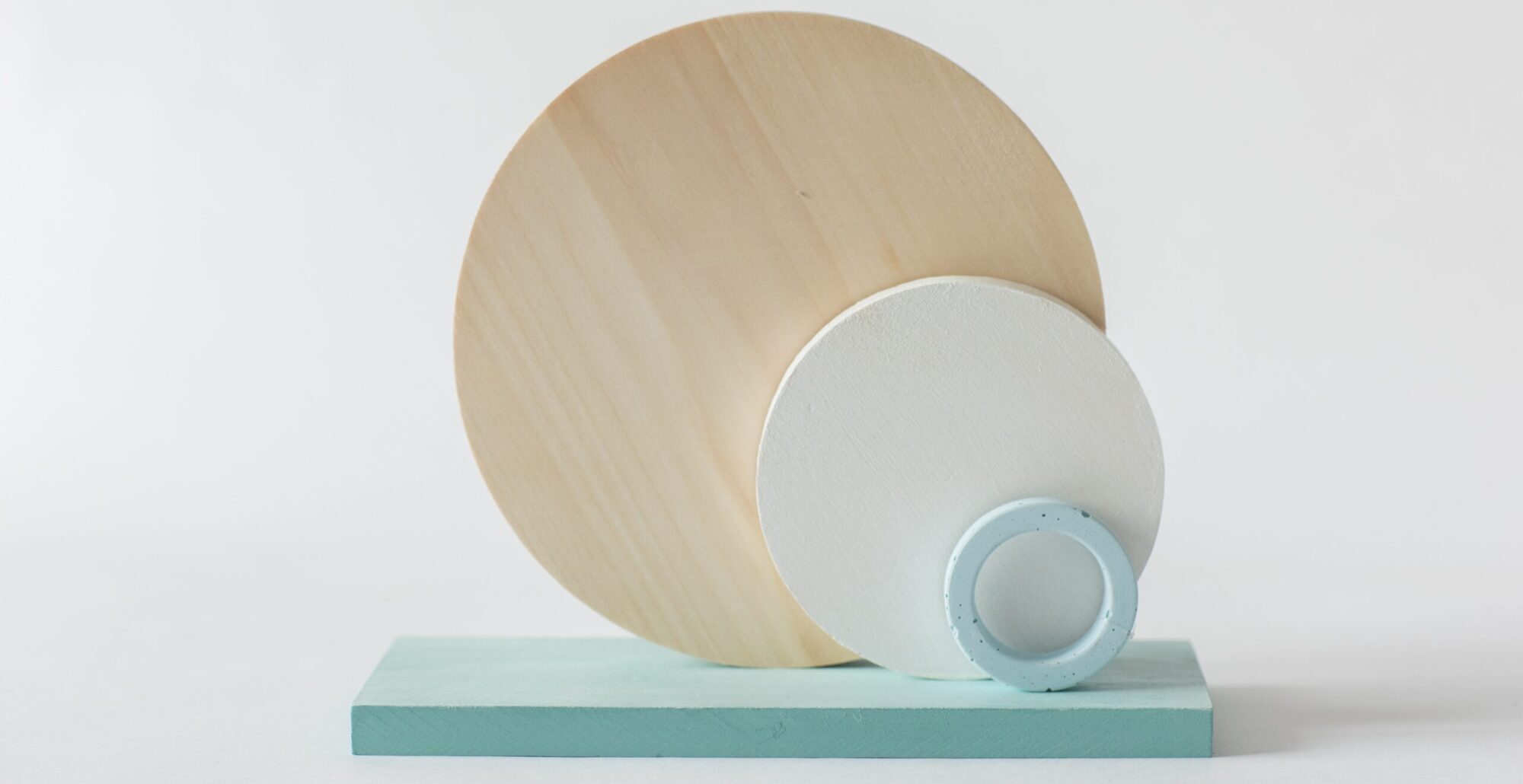
Academically, there is a simple way to determine good vs bad debt.
If we borrow $1,000 at 3% interest and invest it with a return of 6%, this is a good debt.
If we borrow $1,000 at 24% interest and have it sitting in the bank account making 2% interest or worse, spend it all on non essential items, this is bad debt.
In real life, it is more complex. Some get into debt because they get into cash flow issues and cannot afford essential items. Others do not want to get into debt because of their upbringing and attitude towards debt. And there are folks who just love being in debt.
For example, I was brought up with the notion that debt is bad. The only time I took a loan is for buying my homes. I also took the fastest possible time to pay it off despite enjoying very low rates. The day that I paid off my mortgage and became debt free was a happy day. I could sleep well. Instead of using the money to pay off the mortgage, I could have used it for investment, which pays off higher return. However, I wasn’t interested. I didn’t like the risk or the notion of being in debt.
Conversely, I had another friend who believed in debt. He made full use of every opportunity to go into debt and used the money to buy non essential items. He had this attitude that if he were to die tomorrow, he will die net positive. He wanted to enjoy things that he could otherwise not afford. Fortunately, he wised up later in life and did not get into financial ruins.
In the blog REIT vs Physical Rental Property, we gave the example on how cheap mortgage loans can amplify returns in physical rental properties. We know of many successful friends who have a knack for buying undervalued properties, have a great rental network and are able to retire with a sizeable amount of retirement fund making full use of good debt. In reality, it is of course more complex and there are risks involved. With the FEDS increasing rates recently and mortgage loans based on floating rates, some of them have to manage their cash flow tightly and have to continue to make sure that the rentals can cover the mortgage payments.
What is the right balance or an optimal debt model for retirement planning purposes?
Tri-O Retirement Plan proposes that the property that you stay in should be paid off as quickly as possible. In the decumulation phase, one should not continue to pay mortgage in the property that you live in. This is to keep expenses in check especially during retirement. To achieve it, one can choose to downgrade to a smaller property or move to a lower cost city or country. If a person uses physical rental properties for retirement income in INVESTMENT “O” , he/she will need to manage the cashflows and preferably have some cash buffer. Hence, it will be ok to continue to have good debt even after retirement.
TRI-O RETIREMENT PLAN is a simple way to help you get started on your retirement planning. Learn the FUNDAMENTALS and HOW TO GET STARTED. There is also a spreadsheet to help you CALCULATE your monthly savings and your project monthly income at retirement. You can check out our BLOGS on topics pertaining to retirement planning. Feel free to CONTACT US if you have any questions or comments.

Pingback: One Large Property vs Two Smaller Properties - Tri-O Retirement Plan